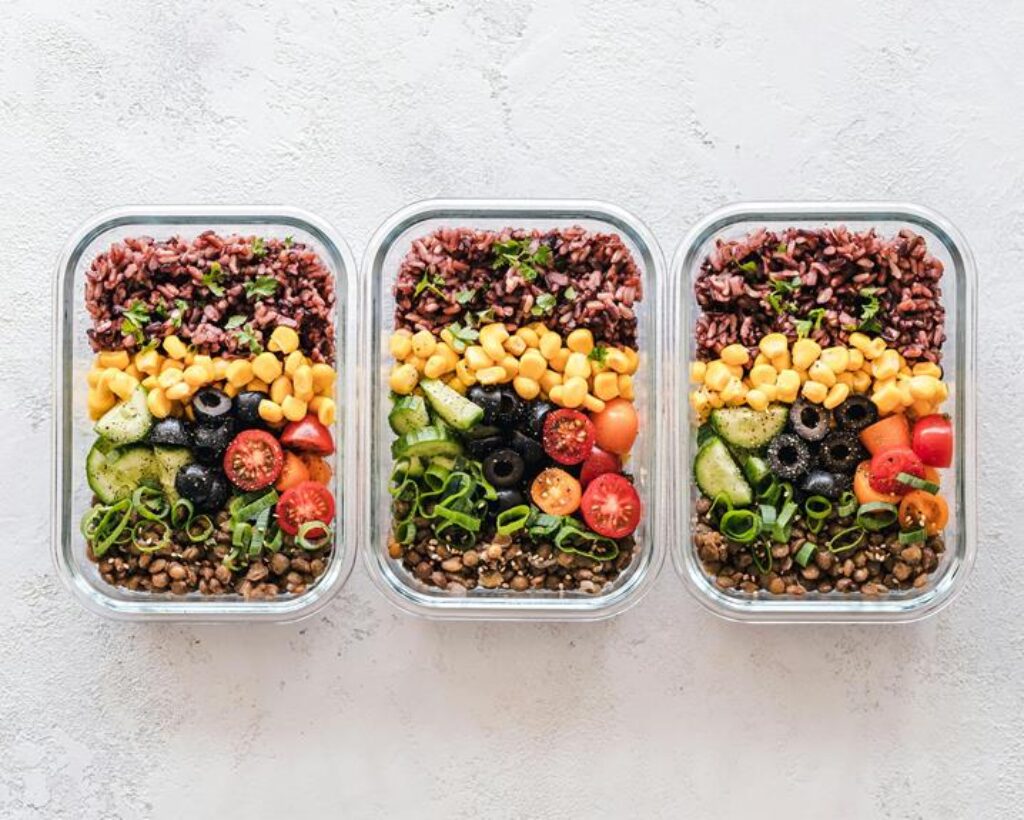
When it comes to meal prep for long-term success and healthier eating, there are some key do’s and don’ts to keep in mind. By mastering the art of planning and organization, you can set yourself up for a smoother journey towards your health goals. However, it’s not just about what you prep but how you prep it that makes all the difference. Stay tuned to discover the essential tips that will help you navigate the world of meal prep with confidence and achieve your wellness aspirations with ease.
Planning and Organization
Are you struggling to stay on track with your meal prep due to lack of planning and organization? Don’t worry, you’re not alone. Planning and organizing your meals in advance is crucial for successfully sticking to a healthy eating routine. Start by setting aside a specific time each week to plan your meals. Sit down with a calendar or meal planner and decide what you’ll eat for breakfast, lunch, dinner, and snacks.
Next, make a detailed grocery list based on your meal plan. Having all the necessary ingredients on hand will prevent last-minute trips to the store and impulse buys. Consider batch cooking on the weekends to save time during the week. Prepare large quantities of staples like grains, proteins, and veggies that can be easily mixed and matched for different meals. Invest in quality food storage containers to portion out your meals for grab-and-go convenience.
Balanced Nutritional Choices
To make healthier eating choices, ensure your meals are balanced with a variety of nutrients from different food groups. Aim to include lean proteins like chicken, fish, tofu, or legumes in your meals. These proteins are essential for muscle repair and growth.
Incorporate a colorful array of fruits and vegetables to provide essential vitamins, minerals, and antioxidants. Whole grains such as quinoa, brown rice, or whole-wheat pasta can offer sustained energy throughout the day. Don’t forget healthy fats from sources like avocados, nuts, and olive oil, which are crucial for brain function and overall health.
It’s important to moderate your intake of processed foods, sugary drinks, and excessive amounts of sodium and unhealthy fats. Instead, opt for homemade meals where you can control the ingredients and cooking methods. Don’t be afraid to experiment with herbs and spices to add flavor without relying on excess salt or sugar.
Proper Storage and Handling
Properly storing and handling your meal prepped food is crucial to maintaining its freshness and ensuring food safety. After preparing your meals, make sure to let them cool completely before storing them in airtight containers in the refrigerator. This helps prevent bacterial growth and keeps your food fresh for longer.
When reheating your prepped meals, ensure they’re heated to the proper temperature to kill any harmful bacteria that may have developed during storage.
To maintain optimal freshness, it’s important to label your containers with the date of preparation. This way, you can easily track how long your meals have been stored and avoid consuming anything past its prime.
Additionally, when handling your prepped food, always wash your hands thoroughly before and after touching any ingredients to prevent cross-contamination.
Avoiding Overindulgence
To maintain a healthy balance in your meal prep routine, be mindful of avoiding overindulgence by portioning out your meals wisely and listening to your body’s hunger cues. It’s easy to get carried away when you have delicious pre-prepared meals at your disposal, but overeating can hinder your progress towards healthier eating habits.
Start by portioning your meals according to your nutritional needs. Use measuring cups or a food scale to ensure you’re not exceeding recommended serving sizes. Additionally, pay attention to your body’s signals. Eat slowly and savor each bite. Stop when you feel satisfied, even if there’s food left on your plate. Remember, it’s okay to save leftovers for another meal or snack.
Trending Products














